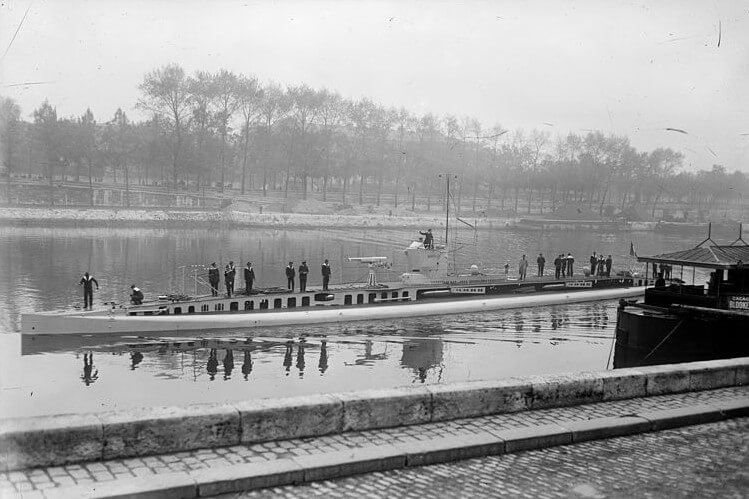During the First World War, two engineering wonders were used for the first time on a large scale: planes and submarines. And from the beginning, their relationship was tumultuous.
On September 15, 1916, in the Adriatic sea near Kotor, Montenegro, one of the main bases of the Austro-Hungarian Navy, two biplane flying boats on an observation mission spotted the Foucault, a Brumaire-class submarine of the French Navy.
When the vessel was located, Lieutenant Walter Zelezny aboard his Lohner L dived towards the surface and dropped four bombs. The submarine, which was directly hit, lost power and started sinking.
Onboard, a fire erupted and water started filling the hull. After plunging to a depth of about 75 meters, the Foucault miraculously managed to surface again. A few French sailors emerged from the sail and attempted to fire at the aircraft ‒ to no avail.
Soon, the Austrian pilots noticed that the whole crew was throwing itself at the sea. The submarine was plunged again, this time never to return, as the commanding officer had ordered to scuttle the vessel.
The two seaplanes landed to let the castaways take refuge on their floats. As the Frankfurt Gazette reported at the time, a French officer, however, refused to get on the plane despite the very low temperature and swam for more than half an hour. He was picked up by an Austrian torpedo boat that also retrieved the rest of the crew.
That encounter, which made no injuries, was the first of many to come in the following conflicts. Today, planes remain one of the privileged weapons to counter submarines. The Lohner L of Lieutenant Zelezny made way to aircraft such as the Boeing P-8 Poseidon or the Kawasaki P-1. Multi-role maritime patrol aircraft are now equipped with sonobuoys or magnetic anomaly detectors, allowing them to detect close to any moving object underwater.

